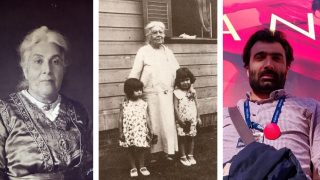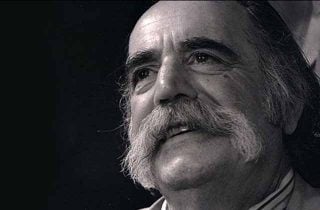
To Play the Duduk, and to Play Well, One should be a Poet: Whose Duduk is Heard in “Mother” and “The Passion of the Christ”?
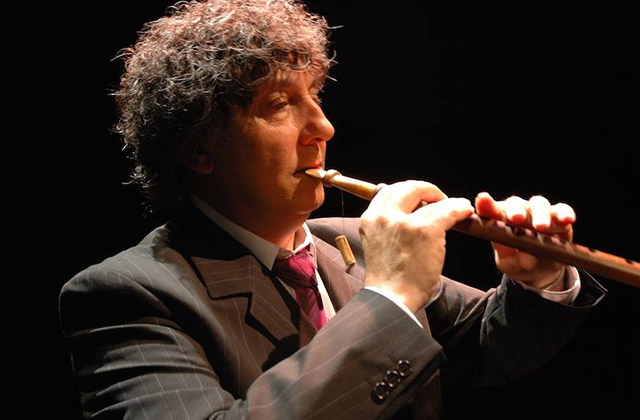
Probably few know that masterly performer of the music in “Mother” (Mayrig) and “588 Rue Paradis” movies about the great pain of the Armenian, is our compatriot, master of the duduk Levon Minassian, based in France. He also accompanied in Mel Gibson’s famous “The Passion of the Christ” movie and until now he continues getting invitations both from famous filmmakers and directors. The master of the duduk, Chevalier of the Ordre des Arts et des Lettres (Order of Arts and Letters), who appeared with concerts with megastars Sting, Peter Gabriel, Patrick Fiori and others speaks of the duduk with great admiration, which, in his conviction is world’s most expensive and priceless instrument, and which is only his and ours. “When I started playing the duduk, I left all other instruments, which I also perfectly played. Moreover, I devoted my life to the duduk. I travelled over the whole world, but I never parted with my favorite musical instrument,” Levon Minassian said.
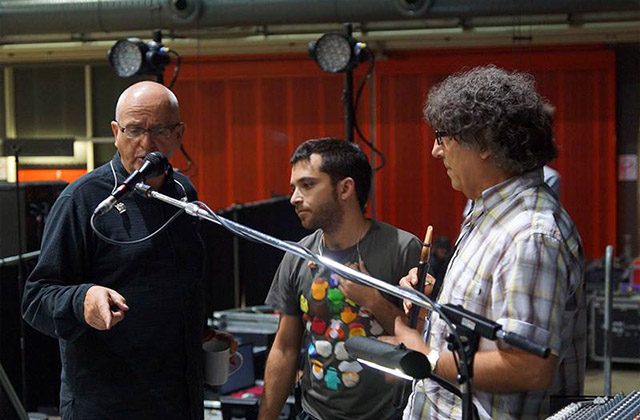
Mr. Minassian, what affected your choice to master and play particularly the duduk?
The duduk is the first sound coming from Armenia. I was born in Marseille, in a family of a migrant, and I have admired the duduk since I was a child. I recall we were longingly listening to performances of Yeghishe Manukyan, Djivan Gasparyan and other masters. Maybe that very attitude became decisive in my choice.
You speak of the duduk with such admiration, that a question emerges: is the duduk so stirring, mysterious and perfect in hands of the Armenian only?
Not everyone understands depth of the duduk, accordingly, not everyone may transfer those emotions. Yes, the duduk has narrower possibilities, however, the player should bear in himself the virtue of staying human. Musician is not the person, who simply plays, but the one, who has internal vision. To play the duduk and to play well, one should be a poet, have an eye of a painter, in short, aesthete’s vision is necessary. You know, it’s not an easy job [smiles-N.M.].
Which music can be played with the duduk? Is there any special music genre which shouldn’t be played with this instrument?
Any music can be played with the duduk, which I frequently do when I cooperate with world-famous stars. I played both classical music and jazz. The problem is only in correct combination of that type of music with the duduk, by keeping the borders.
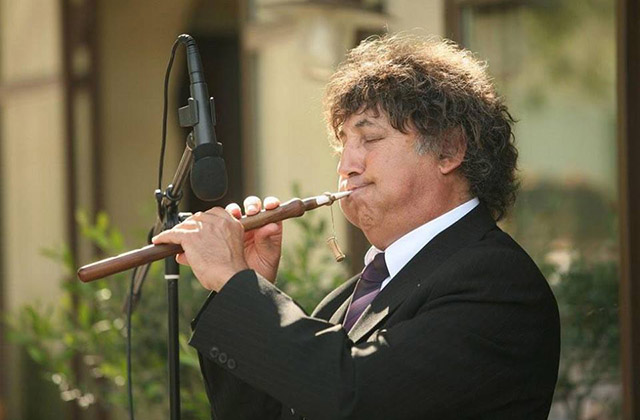
What borders do you mean?
Currently the duduk is the first most magical instrument. For the foreign audience music of the duduk is a perfect touching music. Not accidentally, UNESCO recognized it as “Masterpiece of the Intangible Heritage of Humanity,” however, this doesn’t give the opportunity to overestimate the duduk from other musical instruments. Accordingly, by saying borders, I mean respect towards other cultures as well.
I heard you got acquainted with Charles Aznavour under unusual conditions.
You’ll be surprised, but I got acquainted with him recently in Armenia. It was in 2007 when he had a big concert in the Republic Square. Although we both lived our whole lives in France, and are musicians and compatriots, but the first meeting was during that concert. After I returned to France, one day he came to the recording studio. He asked not to inform about his coming, saying, “I don’t want to interfere, I’ll simply listen to him, and if I like his performance, I’ll invite him to participate in the works of my new CD.” A few days later I had a call from his office and I was invited to the meet Aznavour.
How did you get a proposal to participate in Henri Verneuil’s famous movies?
Composer Georges Garvarentz and Jean-Claude Petit introduced Henri Verneuil to me. Jean-Claude Petit is the author of the music in “Mother” and “588 Rue Paradis.” He knew me, he liked my performance, however, I never hoped for such a proposal. After talking to me Verneuil called to our place to invite me to meet. I was out, and he talked to my mother and asked to call him back as soon as I was back. When my mother told me that I couldn’t believe it. I remember what I told my mother, “He only works with people like Pavarotti, how did he make that proposal?” thus, “Mother” and “588 Rue Paradis” were the first movies, where I played.
Besides being the first one what did that cooperation change in your professional life?
You know, maybe they are not the most important movies of my life, but as it has history of the Armenian, it was exciting and very obliging.
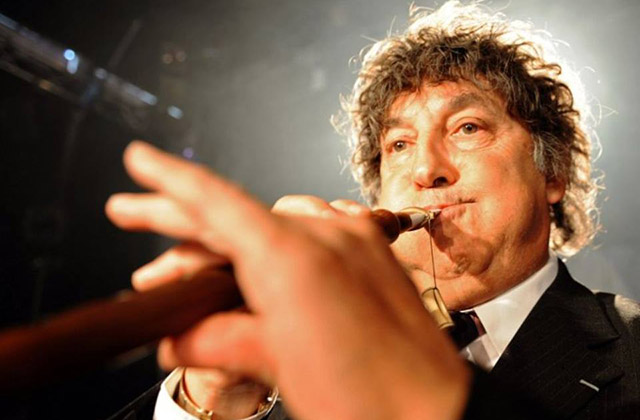
In 2005 UNESCO recognized the duduk as “Masterpiece of the Intangible Heritage of Humanity.” Who or what are we obliged for this achievement?
In this regard Djivan Gasparyan’s contribution is invaluable. Firstly, he modernized the duduk for the Armenian audience, as it used to, slightly said, be ignored. And then he had immense contribution in the hard job of taking it to the world arena. I should confess that due to him the duduk found its firm place among world music. Iit was a big risk, as he assumed that without the support of the Armenian side, endangering his authority, as well as peace of his own family. It’s not easy to endure someone who’s not next to the family for months, with all its implications.
Mr.Minassian, what will you say of your contribution in popularization of the duduk?
Maybe I’m not the best duduk player, but I must confess that my contribution is also considerable. I perform with great people like Patrick Fiori, Peter Gabriel or Sting, and before the audience of thousands I play the Armenian folk instrument. This fact is already a serious factor.
Parallel to work contributing to recognition of the duduk you also keep high our country’s name. Besides being honorable, it contains big risks. Do you agree?
Of course. In fact, I work much to introduce my country to the world by higher level. Armenia is a wonderful country with all its shortcomings and advantages. We are bearers of oldest and precise history, for centuries we had our investment in the development of world civilization. The duduk is another chance to leave our signature in the history of humanity, which perfectly contributes to attaching attention of tourists of various countries towards our country and culture.
Mr. Minassian, where do you get your instruments from?
Exclusively from Armenia. Everyone claims that, undoubtedly, there is grief in the duduk, expression of the soul, emotions and painful past of Armenian people. Naturally, real duduk is the one made by hands of the Armenian, from the wood of apricot tree.
By Nvard Manvelyan





